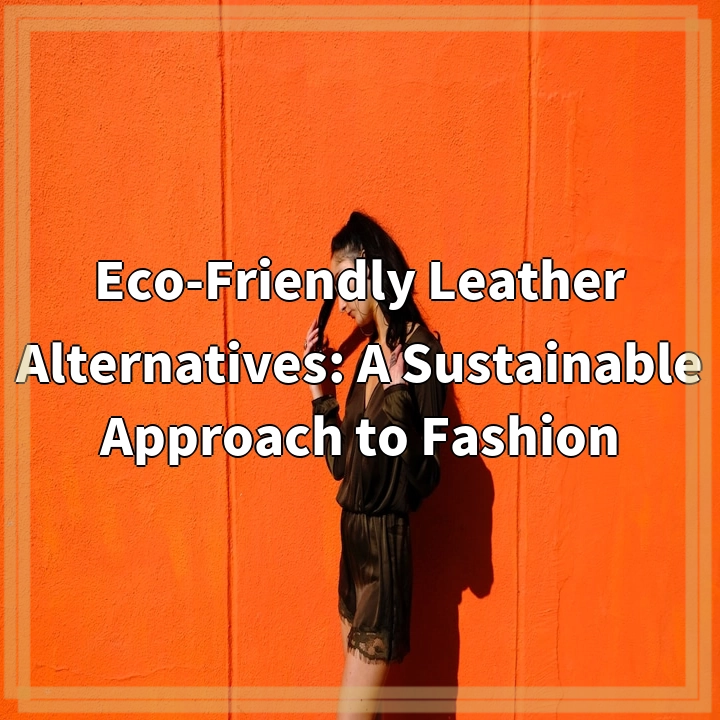
What are Eco-Friendly Leather Alternatives?
Eco-friendly leather alternatives are innovative, sustainable materials designed to mimic the look and feel of traditional leather without the negative environmental impacts. These alternatives are crafted using various methods and materials, such as plant-based materials, recycled fibers, and even lab-grown cells.
Real-World Problems with Traditional Leather
While leather has long been a popular material in the fashion industry, its production and use come with significant environmental and ethical concerns. These problems include:
1. Deforestation and Land Use
Leather production often contributes to deforestation as large areas of land are cleared for cattle ranching. This leads to the destruction of vital ecosystems, loss of biodiversity, and releases large amounts of carbon dioxide into the atmosphere.
2. Water Consumption and Pollution
The traditional leather tanning process requires vast amounts of water and utilizes various toxic chemicals, such as chromium salts. These chemicals can contaminate waterways, harming aquatic life and posing risks to human health.
3. Contributions to Climate Change
The livestock industry, including the production of leather, is a significant contributor to greenhouse gas emissions. Cattle produce methane, a potent greenhouse gas, and the energy-intensive processes involved in turning raw hides into leather further contribute to carbon emissions.
4. Animal Welfare Concerns
Traditional leather production involves the use of animal hides, which raises ethical concerns for animal welfare advocates. The treatment of animals bred and raised for their skins can often be inhumane and involve cruel practices.
Conclusion
Eco-friendly leather alternatives offer a promising solution to the environmental and ethical challenges associated with traditional leather production. These innovative materials provide sustainable options for the fashion industry, allowing consumers to make conscious choices without compromising on style or quality.

Solutions: Embracing Eco-Friendly Leather Alternatives
1. Plant-Based and Recycled Materials
Eco-friendly leather alternatives utilize plant-based materials, such as pineapple leaves (Piñatex) and mushroom mycelium (MuSkin), as well as recycled fibers like apple peel waste (AppleSkin) and recycled plastics (Econyl). By using these sustainable materials, we reduce the demand for animal farming and lessen the environmental impact of leather production.
2. Lab-Grown Leather
Advancements in biotechnology have led to the development of lab-grown leather, also known as cultured or biofabricated leather. This involves growing animal cells in a lab setting to create a material that is virtually identical to traditional leather, without the need for animal slaughter or large-scale land use.
3. Improved Tanning Processes
Traditional leather tanning involves environmentally harmful chemicals, but eco-friendly alternatives are focusing on developing more sustainable tanning methods. These include the use of natural and biodegradable tanning agents such as plant extracts, reducing water consumption, and adopting closed-loop systems to minimize waste and pollution.
4. Ethical and Transparent Sourcing
Sustainable leather alternatives prioritize transparency in their supply chains and promote ethical sourcing practices. This includes ensuring fair wages and safe working conditions for workers, as well as tracing the origin of materials to prevent supporting deforestation or unethical practices.
Conclusion
Eco-friendly leather alternatives offer viable solutions to the environmental and ethical challenges posed by traditional leather production. By embracing innovative materials and manufacturing techniques, the fashion industry can transition towards a more sustainable and compassionate future, without compromising on style or quality.















